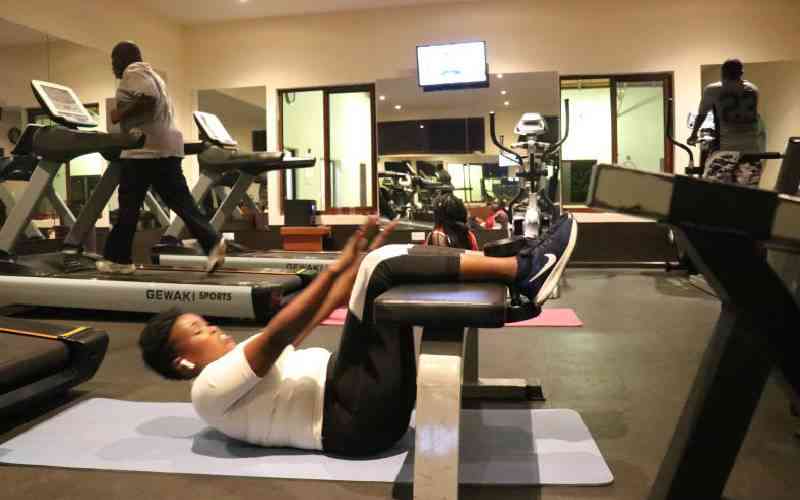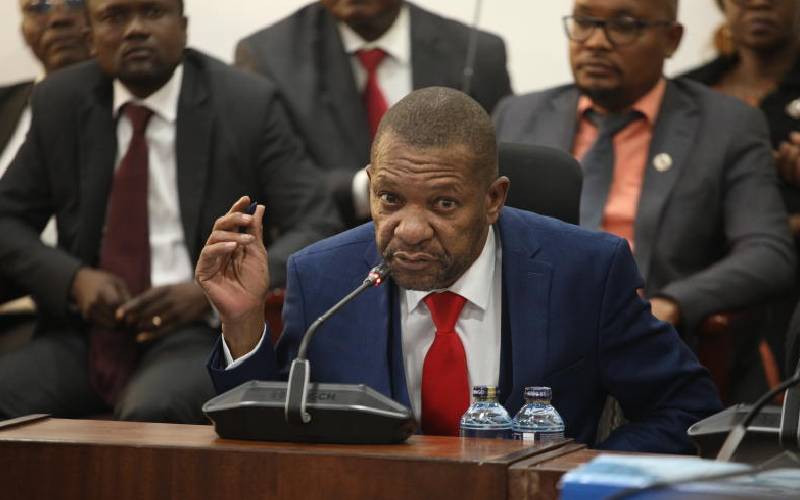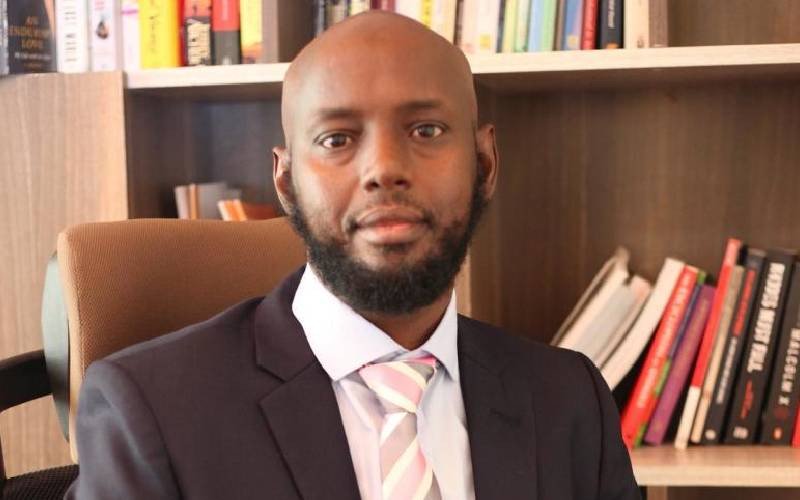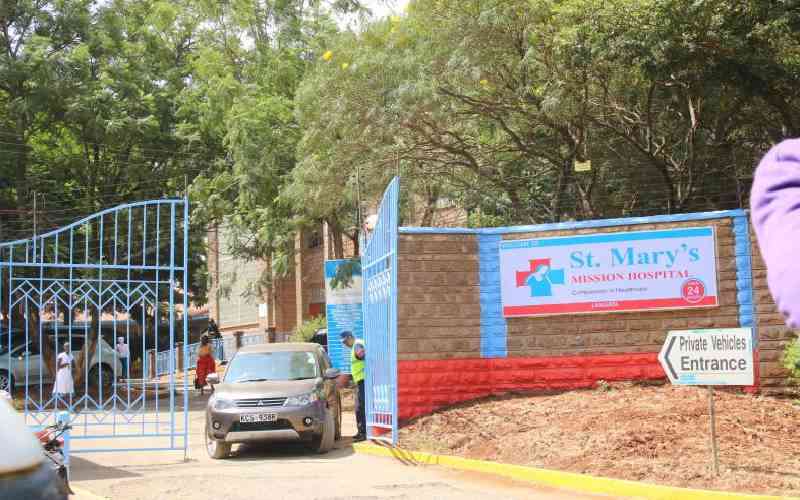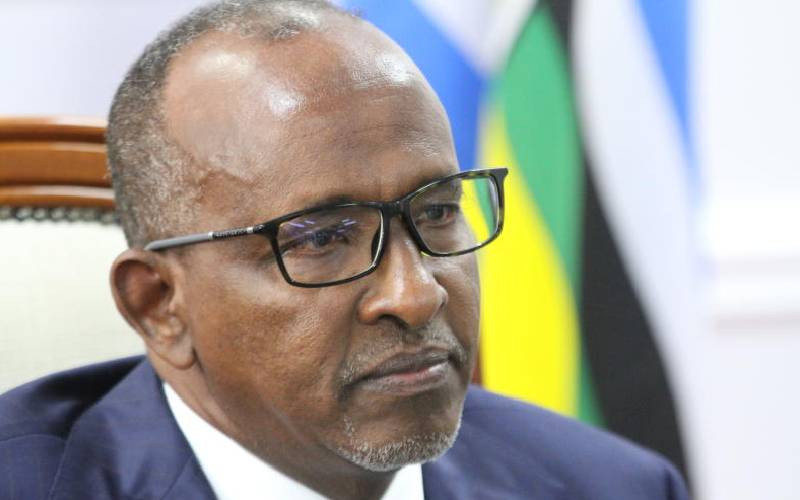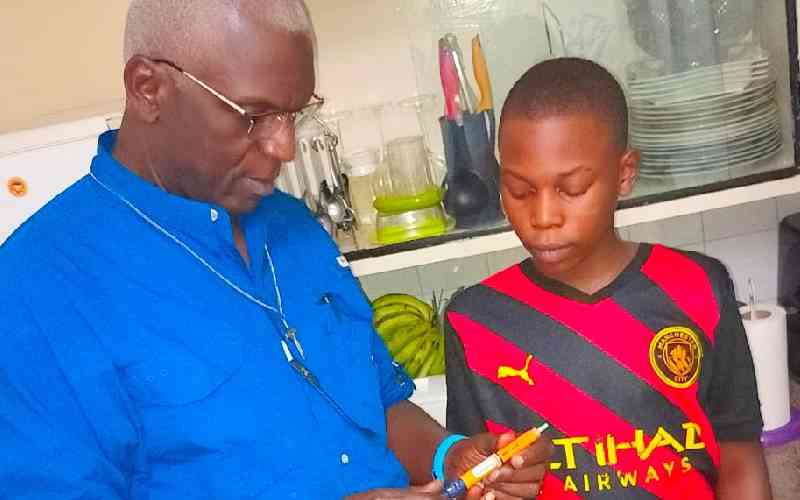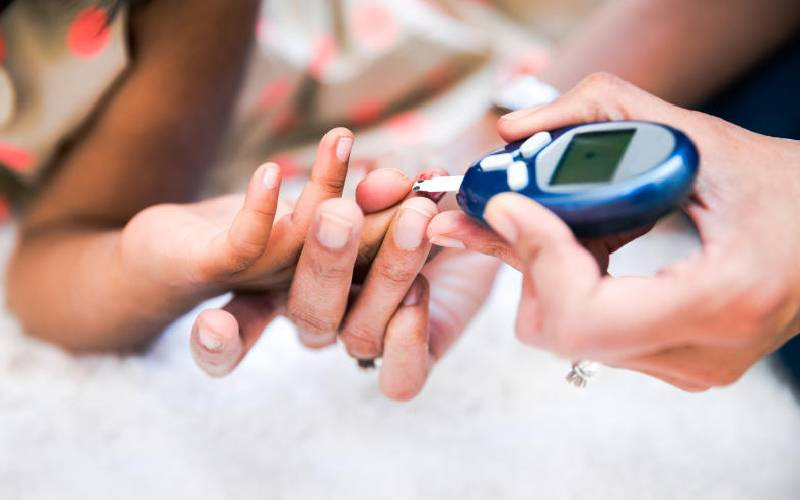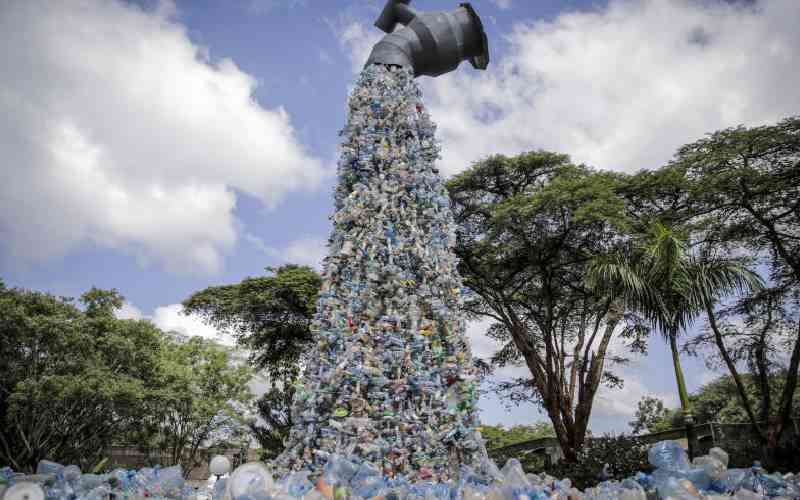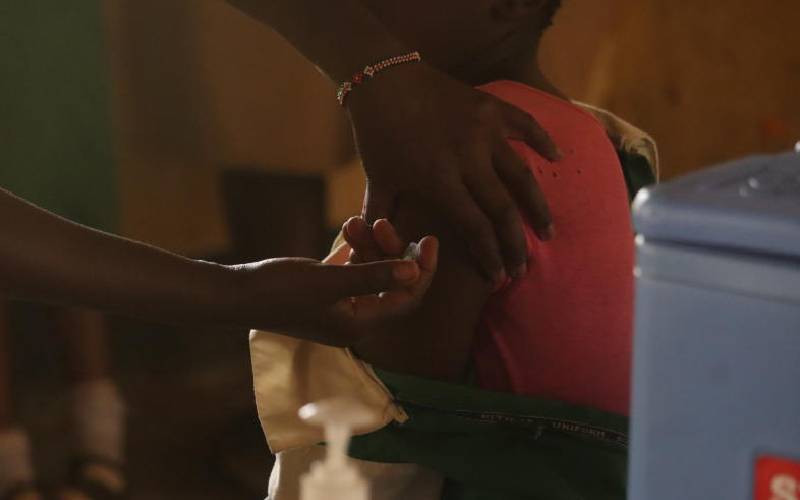
Low immunisation uptake in Murang’a has forced health workers to seek support from the community leaders to reverse the trend.
Health workers have raised concerns over a drastic fall in the uptake of the Human Papillomavirus (HPV) vaccine among girls.
To reverse the trend, they have been forced to hold meetings with the opinion leaders at the village level, aimed at registering progress in the fight against cervical cancer.
Murang'a County Vaccinations Coordinator Veronica Kang’ethe said only a quarter of eligible girls in the county received the HPV jab last year.
In a meeting with the opinion leaders at Dalton Hotel in Murang’a town, Kang’ethe said the data on HPV reflects that 18.72 per cent of girls between ages 10 and 14 got the first dose (HPV1), while 27.43 per cent received the second dose (HPV2).
“The rating marks a steep decline from 2023, when uptake stood at 53 per cent for HPV1 and 37.31 per cent for HPV2,” she said.
- Myths and misconceptions blamed for low uptake of HPV vaccines
- Experts ramp up drive to demystify HPV vaccine
Keep Reading
In Murang’a, the low uptake is blamed on myths, misinformation, and hesitancy among parents that have slowed down HPV coverage.
“On the contrary, other childhood vaccines have registered relatively higher uptake,” she said, adding that 80 per cent of children received the pentavalent vaccine in 2024, and 76 per cent got the measles-rubella jab.
She urged the community leaders, school administrations, and the religious leaders to support the government's immunisation campaign, saying that the vaccine is safe and has been proven to protect girls later in life.
 The Standard Group Plc is a multi-media organization with investments in media
platforms spanning newspaper print
operations, television, radio broadcasting, digital and online services. The
Standard Group is recognized as a
leading multi-media house in Kenya with a key influence in matters of national
and international interest.
The Standard Group Plc is a multi-media organization with investments in media
platforms spanning newspaper print
operations, television, radio broadcasting, digital and online services. The
Standard Group is recognized as a
leading multi-media house in Kenya with a key influence in matters of national
and international interest.

